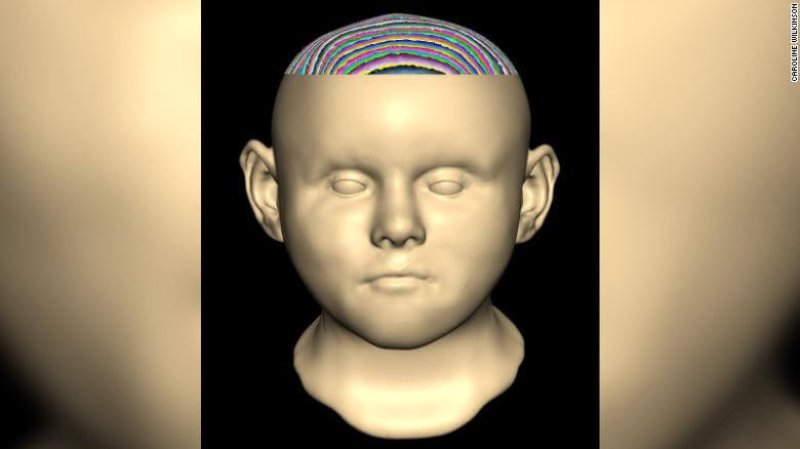The identity of the remains of the six adults and 11 children and why they ended up in the medieval well had long vexed archaeologists. Unlike other mass burials where skeletons are uniformly arranged, the bodies were oddly positioned and mixed — likely caused by being thrown head first shortly after their deaths.
To understand more about how these people died, scientists were recently able to extract detailed genetic material preserved in the bones thanks to recent advances in ancient DNA sequencing.
The researchers believe they all died during antisemitic violence that wracked the city — most likely a February 1190 riot related to the Third Crusade, one of a series of religious wars supported by the church — as described by a medieval chronicler. The number of people killed in the massacre is unclear.
…
“Nobody had analyzed Jewish ancient DNA before because of prohibitions on the disturbance of Jewish graves. However, we did not know they were likely Jewish until after doing the genetic analyses,” evolutionary geneticist and study coauthor Mark Thomas, a professor at University College London, said in the release.
“It was quite surprising that the initially unidentified remains filled the historical gap about when certain Jewish communities first formed, and the origins of some genetic disorders,” he said.































